Migration movements connect breeding and non-breeding bird populations over the year. Such links, referred to as migratory connectivity, have important implications for migratory population dynamics as they dictate the consequences of localised events for the whole population network. This calls for concerted efforts to understand migration processes for large-scale conservation. Over the last 20 years, the toolbox to investigate connectivity patterns has expanded and studies now consider migratory connectivity over a broader range of species and contexts. environmental models.
Research and publish the best content.
Get Started for FREE
Sign up with Facebook Sign up with X
I don't have a Facebook or a X account
Already have an account: Login
Revue de presse et du net par le Pôle de partage des connaissances S&T de l'Office français de la biodiversité
Curated by
DocBiodiv
 Your new post is loading... Your new post is loading...
 Your new post is loading... Your new post is loading...
|
|







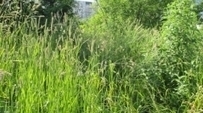

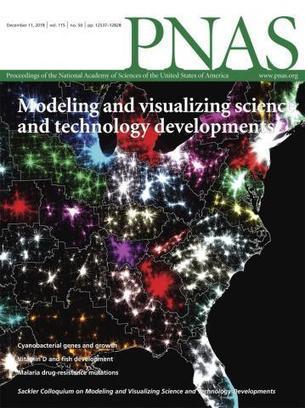
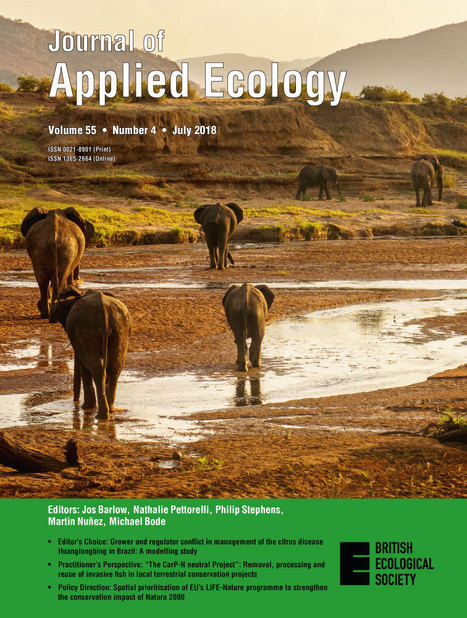

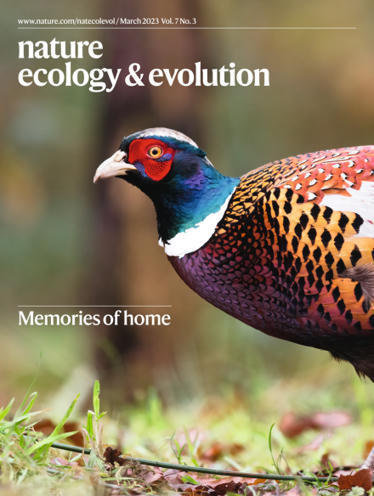
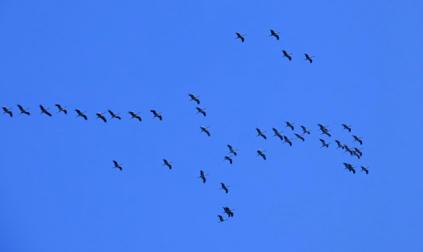

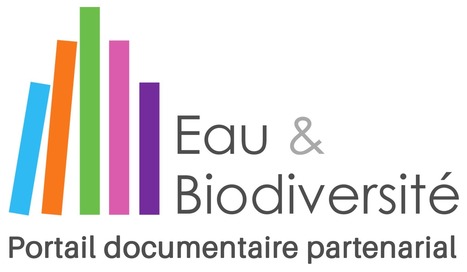







Gregory, K.A., Francesiaz, C., Jiguet, F. et al. A synthesis of recent tools and perspectives in migratory connectivity studies. Mov Ecol 11, 69 (2023). https://doi.org/10.1186/s40462-023-00388-z